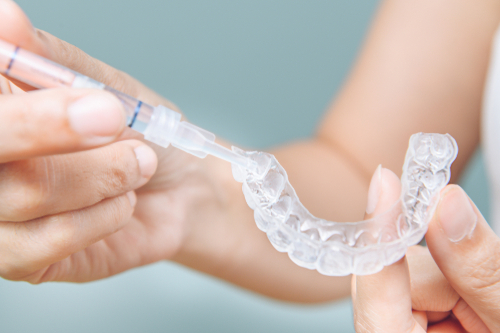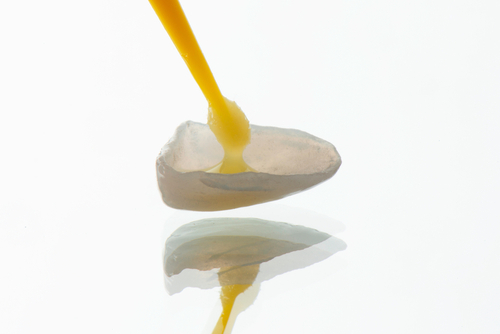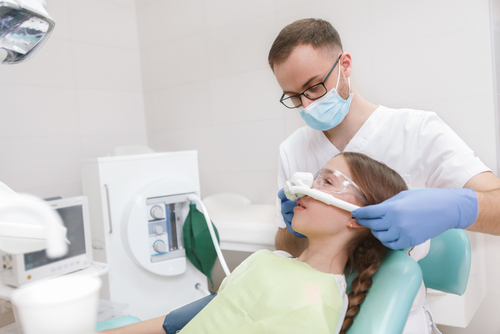Veneers are small, individualized tooth-colored shells used to cover the front of teeth. They are a well-liked cosmetic dentistry option for people who wish to enhance the look of their teeth, whether it’s to hide stains or chips or to make their teeth appear straighter or more properly spaced. The type of material used to create the veneers—porcelain or composite resin—depends on the patient’s particular requirements and preferences. 
The potential of veneers to enhance a person’s smile’s attractiveness is one of their key advantages. They can be used to fix a variety of cosmetic flaws, such as spaces between teeth, irregularly sized or shaped teeth, and discolouration or staining that cannot be removed by teeth whitening alone. Additionally, flaws or cracks in the teeth can be hidden with veneers to prevent them from becoming more serious dental issues down the road.
The durability and longevity of veneers are another advantages. Particularly porcelain veneers are renowned for their durability and resistance to stains and discolouration. Veneers can endure for many years with good maintenance, such as consistent brushing and flossing as well as avoiding foods that are hard or chewy.
Veneers can offer functional advantages in addition to aesthetic ones. For instance, veneers can help to straighten a person’s bite and enhance their capacity to eat and talk clearly if they have uneven or malformed teeth. Veneers can also be used to shield teeth from further harm caused by abrasion or grinding.
The fact that veneers cannot be reversed is one possible disadvantage. The tooth cannot be restored after the enamel has been removed to create way for the veneer. As a result, it is crucial for patients to give their decision to obtain veneers great thought and to talk through all of their alternatives with a qualified and experienced cosmetic dentist.
Veneers are often applied in a multi-step process. In order to discuss their objectives and decide whether veneers are the best solution for them, the patient and dentist will first meet for a consultation. In order to make sure the patient’s teeth and gums are in adequate condition for the treatment, the dentist will also examine the patient’s mouth.
In order to make place for the veneers, the dentist will then prepare the teeth by removing a little piece of enamel from the front surfaces of the teeth. To make the area comfortable, a local anesthetic may be used. The patient’s mouth will then be modelled using impressions of the patient’s teeth. The patient may need to schedule a second appointment to have the veneers fitted and cemented in place after they are created specifically for them based on this model.
Veneers are a common and efficient approach to enhancing a person’s smile and improving the appearance of their teeth. They are strong and long-lasting, and they can also offer functional advantages including better bite and chewing efficiency. To be sure that veneers are the best choice for their unique needs and objectives, patients should carefully assess their decision to have veneers and speak with a qualified and experienced cosmetic dentist.

 The bonding substance is also incredibly adaptable because it may be used to fix a wide range of dental problems.
The bonding substance is also incredibly adaptable because it may be used to fix a wide range of dental problems.
